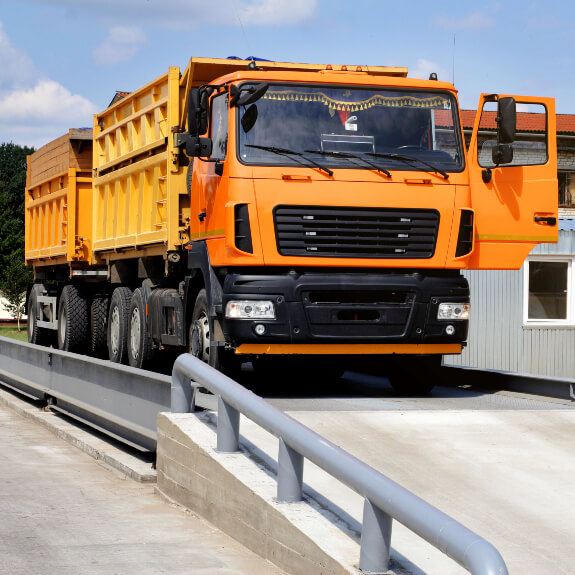
When it comes to commercial and industrial operations, the precise weighing of truckloads is crucial. Not only does it ensure the correct pricing and cost management, but it also ensures the safe transportation of goods. The massive volumes and weights that trucks carry have necessitated the development of advanced weighing systems. From bridge-style weighbridges to portable axle weigh pads, various mechanisms help trucks measure weight accurately.
Trucks don’t actually “measure” their weight in the traditional sense that a bathroom scale might. Instead, they rely on specialized platforms and technologies that assess the pressure exerted on them by the truck’s weight. This pressure is then converted into an equivalent weight reading, giving businesses the data they need for logistics, safety, and compliance.
South Africa, with its bustling commercial sector, relies heavily on these truck weighing systems. Ensuring goods are transported efficiently and safely on the roads is paramount. As such, understanding the intricacies of how trucks measure weight becomes a necessity for many industries.
The Significance of Weighbridges
Weighbridges are perhaps the most common method used to measure truck weight. These are essentially large scales, often found at checkpoints, factories, or dedicated weighing stations. A truck drives onto the weighbridge, and sensors called load cells detect the pressure applied by the vehicle. Through advanced electronic mechanisms, this pressure is transformed into a digital or analogue weight reading. It’s a quick and efficient way to get a full measurement of a truck’s weight, including its cargo.
One of the major advantages of weighbridges is their ability to measure the weight of large vehicles accurately. By ensuring trucks don’t exceed their allowable weight limit, businesses can avoid fines and reduce wear and tear on their fleet. Furthermore, by knowing the exact weight of their cargo, businesses can streamline their operations and reduce potential overloading hazards.
Modern weighbridges are often integrated with software solutions that allow for easy data collection and analysis. This integration ensures that the weighing process is not just about gathering weight data but making informed decisions based on that data.
Portable Axle Weighing Systems
While weighbridges provide comprehensive weight data, there’s another type of weighing mechanism that offers more flexibility: portable axle weighing systems. These are modular platforms designed to measure the weight of individual axles. When a truck drives over them, the system calculates the weight of each axle separately. This method is particularly useful to determine if a truck’s load is distributed correctly, ensuring that no individual axle is overloaded.
Portability is one of the main benefits of these systems. Companies can set them up at different sites with ease, making them suitable for temporary projects or mobile operations. This portability does not come at the cost of accuracy. Modern portable axle weighing systems offer precision readings, ensuring that trucks adhere to weight regulations and road safety standards.
Moreover, portable axle weighing systems are often more affordable than fixed weighbridges. This cost-effectiveness, combined with their mobility, has made them a favourite choice among many businesses that require on-the-go weighing solutions, especially in industries where cargo loads might vary from one location to another.


